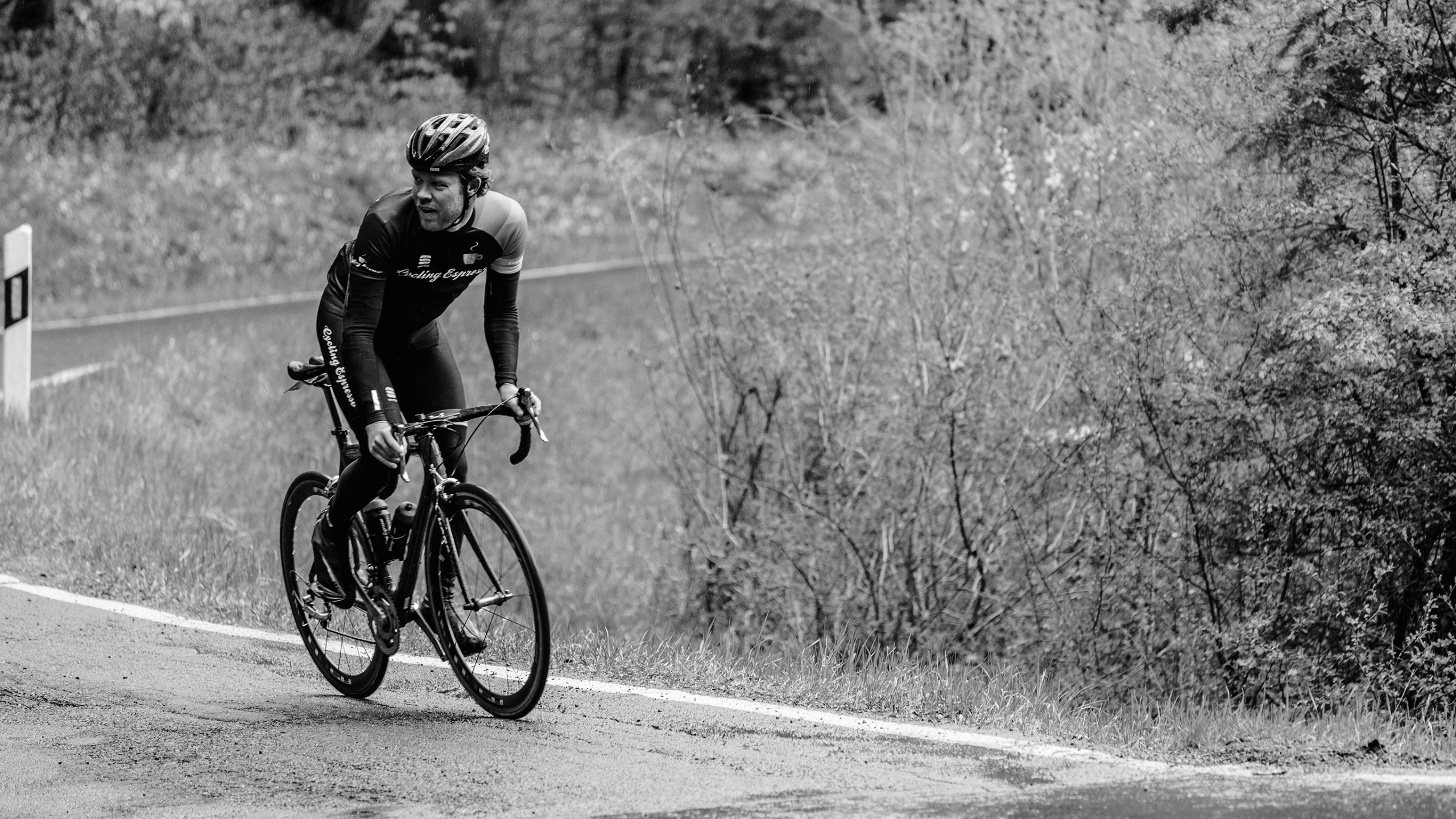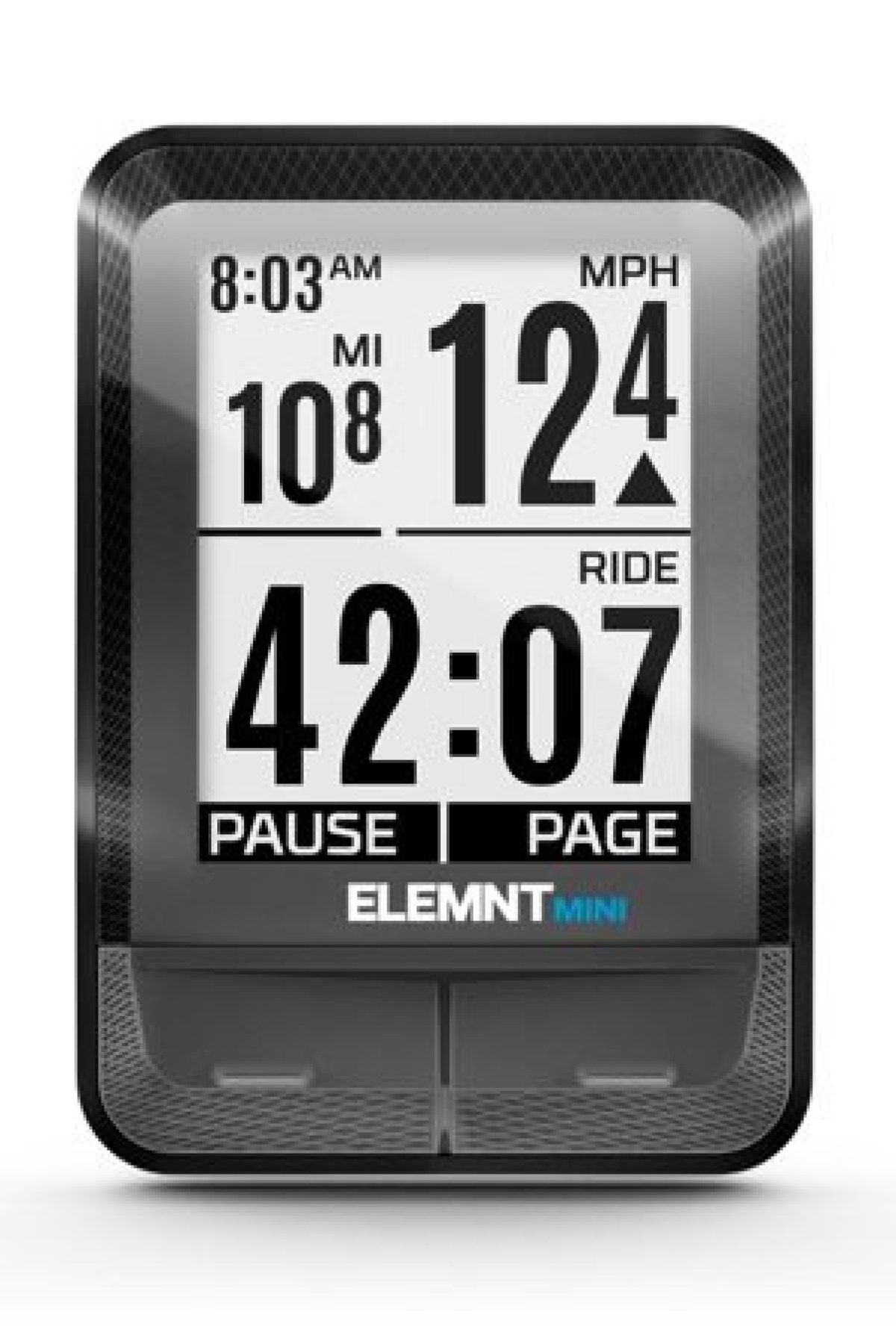Let’s go together!

All workouts are built on zones. This can be watt or heart rate based, or even your feeling during your workout. It all tells us something of the effort you put into the specific part of your training. However, most workouts are cycling based on heart rate or watts. Watts (or power) is a great way to measure your output and therefore this is what is best to use. For this you will need a power meter on your bike. If you don’t have one, you can go for the best alternative, your heart rate.
From here the game of mathematics starts. Setting up your zones helps you to get the most out of every workout. Slow or fast, it will keep you on track and have the best balance to get and keep you fit.
If you have a power meter on your bike than you can use the percentages to calculate each zone based on your Functional Threshold Power or FTP in short. This is the wattage you can sustain for 20 minutes when going flat out. Once you have determined this value you can multiply this number by de following percentages to get your upper and lower value of each zone. These can be setup in your watch or cycling computed or you can write them down so you know what numbers to work with.
The same goes for your heart rate zones. However, the percentages per zone differ from the power zones. Not just because power has a different maximum, but also because the range is smaller. To determine you zones you need to know your threshold heart rate, which can be obtained from the same 20 minutes flat out push. Once you know your average heart rate of this push you can start calculating.


| Feeling Scale 1-10 | Heart Rate Beats per Minute | Power Watts | |
|---|---|---|---|
| Zone 0 | 0-1 | 70-80% | 50-70% |
| Zone 1 | 1-3 | 81-89% | 71-83% |
| Zone 2 | 3-5 | 90-93% | 84-91% |
| Zone 3 | 5-7 | 94-99% | 92-100% |
| Zone 4 | 7-8 | 100-102% | 101-108% |
| Zone 5a | 8-9 | 103-106% | 109-115% |
| Zone 5b | 10 | 107%-max | 116%-max |